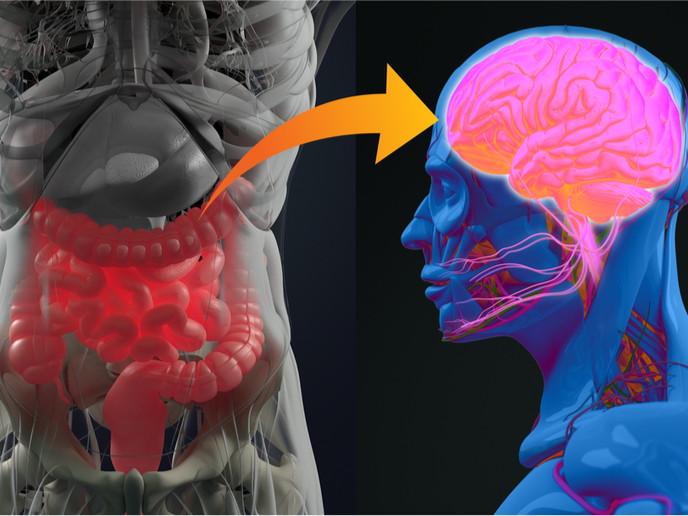Treating obesity with neuromodulation
As one of the leading causes of death, obesity has reached the level of being a global pandemic. Today, more than 1.9 billion adults and 42 million children are either overweight or obese, and these numbers continue to increase. In fact, after a steady increase for many years, life expectancy rates in the EU fell in 2017 – with obesity being a key contributor. “As obesity is complex, multifactorial and systemic, prevention, management and treatment are usually not simple,” says Konstantin Nikolic, the coordinator of the ERC-funded i2MOVE (An Intelligent Implantable MOdulator of Vagus nervE function for treatment of Obesity) project. “Although there are several approaches currently available, from soft nudging to hard implantable electrical stimulators and bariatric surgery, most have either had limited success or come with significant risks.” The i2MOVE project looks to tackle obesity by developing an innovative technological solution, namely, a bio-inspired implant. “The aim is to target the vagus nerve, which transmits information between the gut and the brain,” explains Nikolic. “By doing so, we want to stimulate the nerves in the abdomen to mimic what happens after you have a meal so that we can control your appetite.” The gut-brain axis The project developed a microchip that sticks within the gut and that can tell the brain whether the stomach is full or empty using simple microchip technology. “Unlike the vagus nerve stimulation devices (VNS) currently on the market and used for treating epilepsy, the i2MOVE solution incorporates physiological feedback (in the form of vagal nerve activity) and artificial intelligence to marry food intake with stimulation,” says Nikolic. At the core of the i2MOVE device is a novel, integrated System-on-Chip (SoC) that was completely designed and tested within the project. The SoC consists of a multichannel front-end for the electrical and chemical recording of neural activity. Its processing capabilities involve on-chip local machine learning algorithms that determine when and by how much to stimulate. With the SoC developed, project researchers achieved the significant milestone of conducting chemical sensing in vivo using an implanted i2MOVE sensor. In the test, researchers successfully detected changes in neural extracellular pH, which is associated with both the cholecystokinin hormone and gastric distension. Furthermore, the system’s algorithms successfully used any detected changes in pH to automatically trigger the implanted VNS device. “To my knowledge, this is the first closed-loop neuromodulation device that uses multi-signal modality to achieve decision making and stimulation dose titration in a closed-loop implant,” adds Nikolic. Future neuromodulation devices In the next phase of development, the device will undergo pre-clinical trials, during which the device will be implanted and functional in an awake, moving animal. “This is a necessary stage before planning a clinical trial in humans,” explains Nikolic. The technology developed in the project has also been finding its way into other areas, including gastric cancer treatments, cough suppression, cardiac ischemia detection, and a so-called ‘soft’ approach to obesity through behavioural change based on personalised food product recommendations. “As for the project’s overall legacy, I expect that neurochemical sensing will become a crucial signal modality for monitoring a range of neural activity,” says Nikolic.
Keywords
i2MOVE, obesity, obese, overweight, vagus nerve, System-on-Chip, SoC, neuromodulation device







